Family NothofagaceaeKuprian. Higher classification Nothofagaceae | Scientific name Nothofagus Rank Genus | |
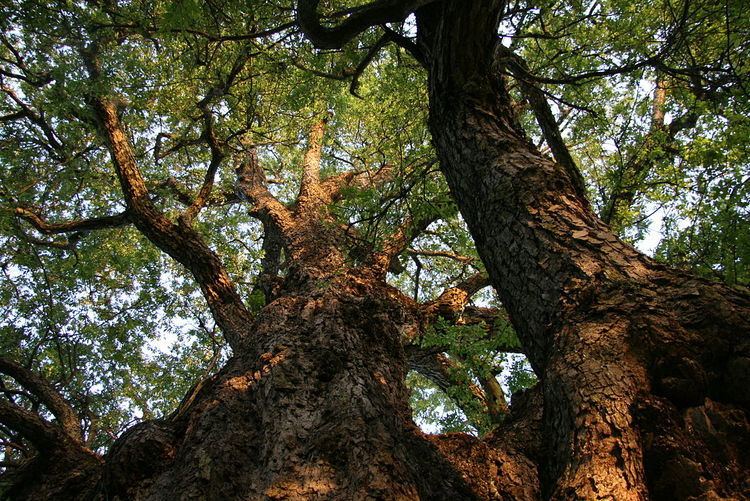 | ||
Lower classifications Nothofagus pumilio, Nothofagus dombeyi, Nothofagus antarctica, Lophozonia alpina, Nothofagus betuloides | ||
Nothofagus antarctica antarctic beech
Nothofagus, also known as the southern beeches, is a genus of 43 species of trees and shrubs native to the Southern Hemisphere in southern South America (Chile, Argentina) and Australasia (east and southeast Australia, New Zealand, New Guinea and New Caledonia). The species are ecological dominants in many temperate forests in these regions. Some species are reportedly naturalised in Germany and Great Britain. The genus has a rich fossil record of leaves, cupules and pollen, with fossils extending into the late Cretaceous and occurring in Australia, New Zealand, Antarctica and South America. In the past, they were included in the family Fagaceae, but genetic tests revealed them to be genetically distinct, and they are now included in their own family, the Nothofagaceae (literally meaning "false beeches" or "bastard beeches").
Contents
- Nothofagus antarctica antarctic beech
- Deciduous beech or fagus nothofagus gunnii
- Taxonomy
- Distribution
- Beech mast
- Beechwood Honeydew
- References
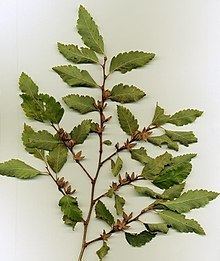
The leaves are toothed or entire, evergreen or deciduous. The fruit is a small, flattened or triangular nut, borne in cupules containing one to seven nuts.
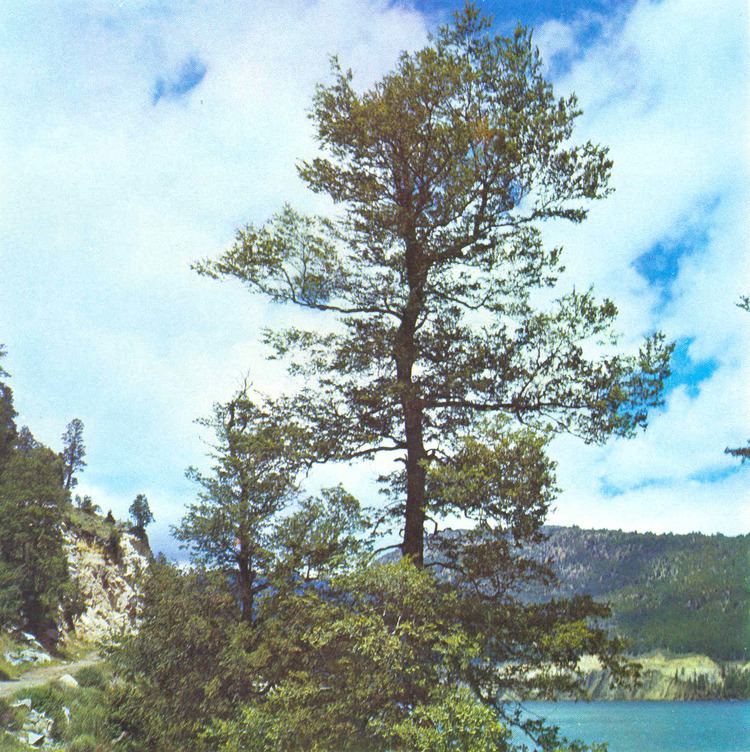
Nothofagus species are used as food plants by the larvae of hepialid moths of the genus Aenetus, including A. eximia and A. virescens.
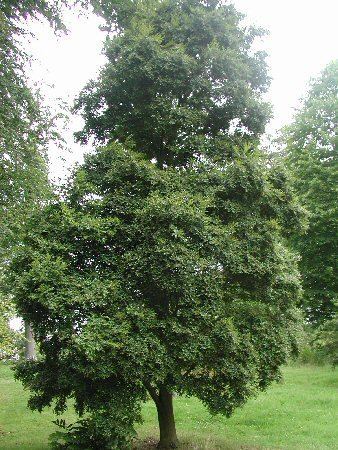
Many individual trees are extremely old, and at one time, some populations were thought to be unable to reproduce in present-day conditions where they were growing, except by suckering (clonal reproduction), being remnant forest from a cooler time. Sexual reproduction has since been shown to be possible. Although the genus now mostly occurs in cool, isolated, high-altitude environments at temperate and tropical latitudes the fossil record shows that it survived in climates that appear to be much warmer than those that Nothofagus now occupies.
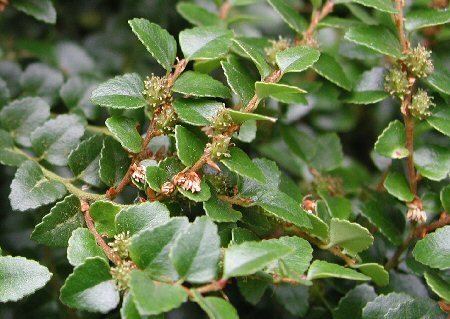
Deciduous beech or fagus nothofagus gunnii
Taxonomy
The genus is classified in these subgenera:
It was recently proposed that the generic classification of the Nothofagaceae should be revised, with the four subgenera elevated to full genera. This proposed change is not taxonomically essential and has not been accepted outside New Zealand.
Distribution
The pattern of distribution around the southern Pacific Rim suggests the dissemination of the genus dates to the time when Antarctica, Australia, and South America were connected in a common land-mass or supercontinent referred to as Gondwana. However, genetic evidence using molecular dating methods has been used to argue that the species in New Zealand and New Caledonia evolved from species that arrived in these landmasses by dispersal across oceans. There is uncertainty in molecular dates and controversy rages as to whether the distribution of Nothofagus derives from the break-up of Gondwana (i.e. vicariance), or if there has been long distance dispersal across oceans. In South America the northern genus limit can be construed as La Campana National Park and the Vizcachas Mountains in the central part of Chile.
Beech mast
Every four to six years or so, Nothofagus produces a heavier crop of seeds and is known as the beech mast. In New Zealand, the beech mast causes an increase in the population of introduced mammals such as mice, rats, and stoats. When the rodent population collapses, the stoats begin to prey on native bird species, many of which are threatened with extinction. This phenomenon is covered in more detail in the article on stoats in New Zealand.
Beechwood Honeydew
Beechwood Honeydew is a type of honey made in New Zealand from the secretions of Hemiptera aphids feeding on Nothofagus trees.
